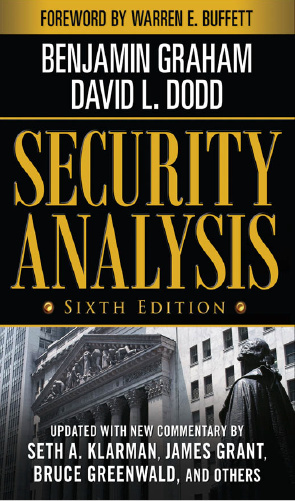A beautiful glimpse into the Bombay Plan, a powerful planning document created by the most powerful businessmen and technocrats of India in 1944, and what it wanted to achieve.
The Bombay Plan’s targets were overwhelmingly more ambitious than anything the Planning Commission of the government of India ever attempted. It had envisaged the doubling of per capita income over fifteen years and proposed appropriate sources of finance for that ambitious target.
Brian Acton, the founder of WhatsApp, walked away from $850m when he resigned and moved out of Facebook. He speaks at length about that and other aspects. Paints a very poor picture of Facebook as a company. Fascinating read.
Google employees have renewed their public protests against “Project Dragonfly,” a censored and surveillance-enabling search app that Google is reportedly building for the Chinese market. oogle has said little about Dragonfly, but numerous reports have detailed its planned features, which reportedly range from blocking specific keywords like “human rights” to linking searches with users’ phone numbers.
Verily Life Sciences, a research organisation run by Alphabet, Google's parent company, plans to infect thousands of male Aedes aegypti mosquitoes with Wolbachia, a common bacterium, and release them out in the open. This breed of genetically altered male mosquitoes, which don't bite humans, would then mate with the females, and pass on Wolbachia. Now, if the female mosquitoes lay eggs, those eggs will not hatch!
Food-delivery sites can, in the long run, switch customer loyalty from restaurants to the platform itself. A Swiggy user, for instance, may go for the cheapest or closest option rather than picking a restaurant deliberately. “Once the platforms have enough clout, they can dictate prices or even set up their own kitchens".
This is something which is very concerning and scary for the country, and unfortunately is not getting the importance it deserves from both policymakers and the media.
Employability across education domains are less than 50% across board.
https://qz.com/india/1473437/indian-mba-graduates-get-less-employable-engineers-improving/






